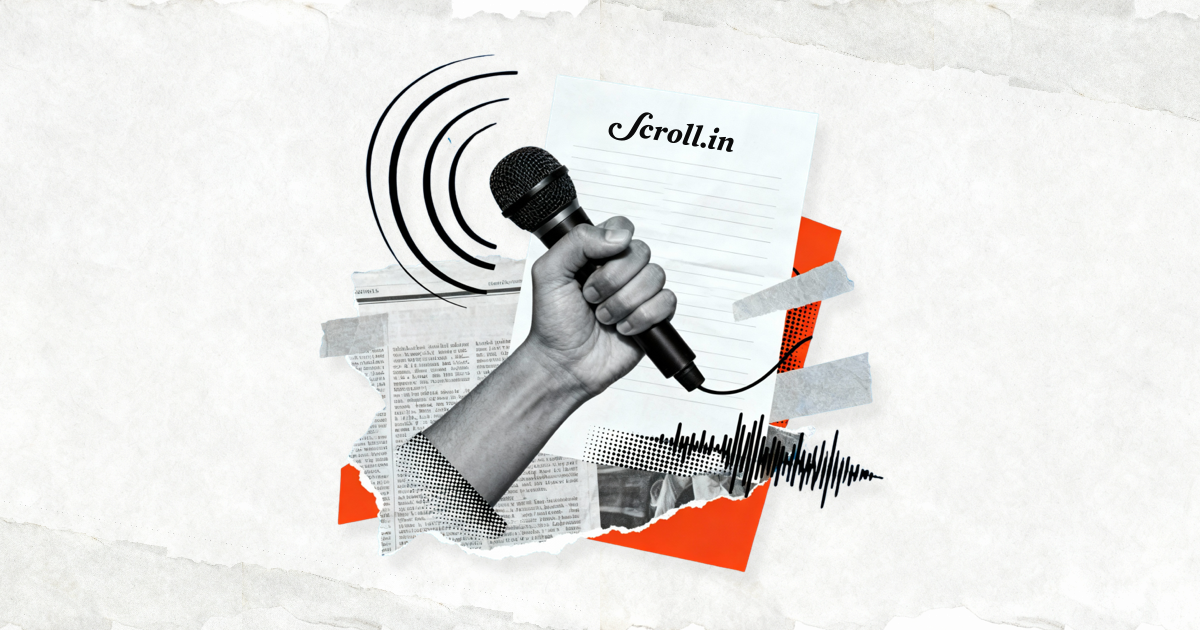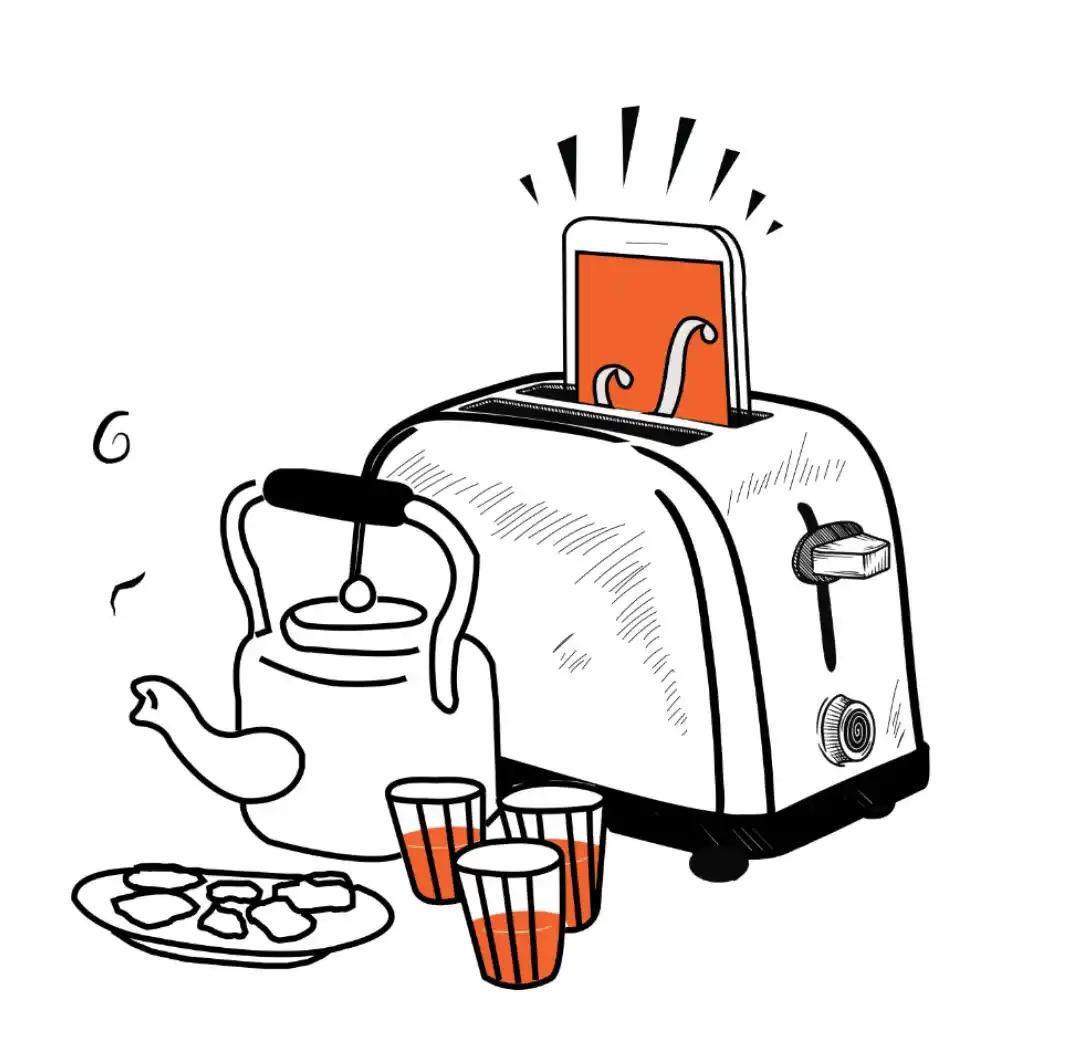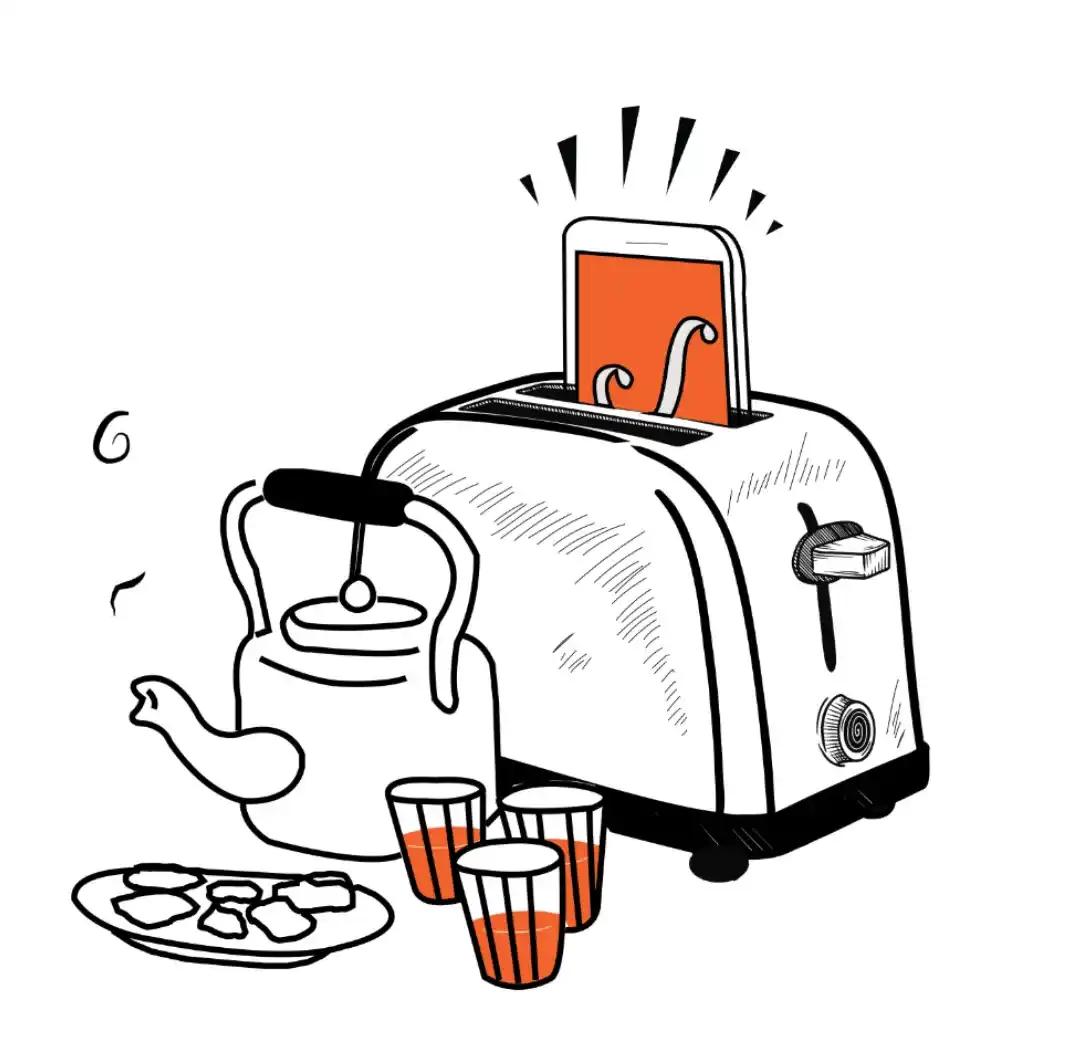
Welcome to The India Fix by Shoaib Daniyal, a newsletter on Indian politics. To get it in your inbox every Monday, sign up here. Have feedback, interesting links or memes? Send them to shoaib@scroll.in.
On April 2, bureaucrats warned Prime Minister Modi that several Indian states now had debt levels so high, they could be compared to Sri Lanka, reported the Times of India. Given how official leaks work, the newspaper ended up only naming states not ruled by the Bharatiya Janata Party as being the problem. The truth is that the problem is so grave, it cuts across all Indian states, BJP and non-BJP alike. In fact, the Union government is part of the problem too. Given the state of India’s political economy at the moment, governments are spending significant amounts of money – though not is coming in.
In the past decade, state debt has shot up. According to data from the Reserve Bank of India, total outstanding liabilities as a percentage of a gross state domestic product has increased from 22.8% in 2011-’12 to 31.1% 2020-’21. Among large states, this figure for 2020-’21 was higher than 30% in as many as nine instances: Punjab, Rajasthan, West Bengal, Kerala, Andhra Pradesh, Bihar, Uttar Pradesh, Jharkhand and Haryana.
This is not limited to the states. For 2021-’22, the Union government expects its debt to be 61.7% of India’s GDP: a 16-year high.
Subsidy bill
What is driving this trend? One major component is obvious: higher subsidies. In 2020-’21, for example, the Union government’s subsidy bill on food, petrol and fertilisers rose to 3% of the gross domestic product, from 1.1% the previous year, according to data published in Bloomberg Quint. Much of this was due to food subsidies, which saw a four-time increas, as a result of the Centre’s free foodgrain scheme. India’s fertiliser subsidy is at the highest level it has ever been. To add to this, are increasing spends on the MNREGA rural jobs guarantee programme as cash transfers to farmers, which rose by nearly 50% in 2020-’21.
A similar dynamic is at play in states, where a combination of subsidies and cash transfers is stretching state budgets. In Punjab, for example, in spite of debt now reaching almost 50% of the state’s economy, the new government has promised big-ticket new subsidies and cash transfers, including free electricity and an unconditional stipend for every family.
Much has been written about a new wave of welfare populism in Indian politics, which instead of prioritising traditional services such as health and education concentrates on private goods such as gas cylinders and, of course, straight up cash. Innovations like cash transfers not only help the state provide immediate assistance to Indians, they are very popular at the hustings. Voters directly accord credit for the money to the centralised leadership of a party such as a Narendra Modi, K Chandrashekhar Rao or Mamata Banerjee.

Reprioritising welfare
Some elements of India’s increased welfare spend cannot be contested – for example, higher food subsidies in a country with some of the world’s worst nutritional levels. But in India’s stressed fiscal space, how wise is concentrating on new welfare tools such as a plethora of cash transfers over traditional and critical welfare outlets such as food, education and health and sanitation? As economists Abhishek Anand, Vikas Dimble and Arvind Subramanium have pointed out, this new welfare means potentially lower spending on traditional welfare areas such as public goods (healthcare, for example).
However, since schemes like cash transfers are politically very popular, politicians love them even if it eats into other core areas of welfare. In February, at a public administration review meeting, West Bengal’s chief minister announced point blank that her administration could not look at any new projects for the next two years given the massive expenditure on the new cash transfer scheme to every family in the state. As Scroll.in has reported, Bengal now runs what can be called a “cash-transfer state”: in order to put cash in people’s hands, it has ignored its fiscal condition, lack of industry and, in some cases, even traditional state welfare like running schools and hospitals.

Tough choices
This political reliance on high volumes of electorally popular welfare runs up against a wall of stressed revenues. As a 2019 paper by the National Institute of Public Finance and Policy points out, India is an economy “chronically under fiscal stress” with tax to GDP ratio (for states and Centre) below 18% while expenditure is at 29%. While the Modi government has done well in raising taxes for the previous financial year, as columnist AK Bhattacharya points out in the Business Standard, as a proportion of GDP, the Union government raised fewer taxes in FY2022 than the Manmohan Singh government did 14 years ago in FY2008.
To add to this is the risk of low growth. India’s economic slowdown had begun long before the Covid-19 pandemic hit. The knee-jerk decision to impose a harsh lockdown without any preparation ensured that the economy contracted by record margins. While growth is high at the moment, that is simply that the Indian economy is recovering from the lockdown. Worryingly, the Reserve Bank of India itself predicts that growth would slow down drastically once this effect wears off. Its Monetary Policy Committee predicts GDP growth of only 4.1% and 4% for the third and fourth quarter of the present financial year.





















Write a comment ...